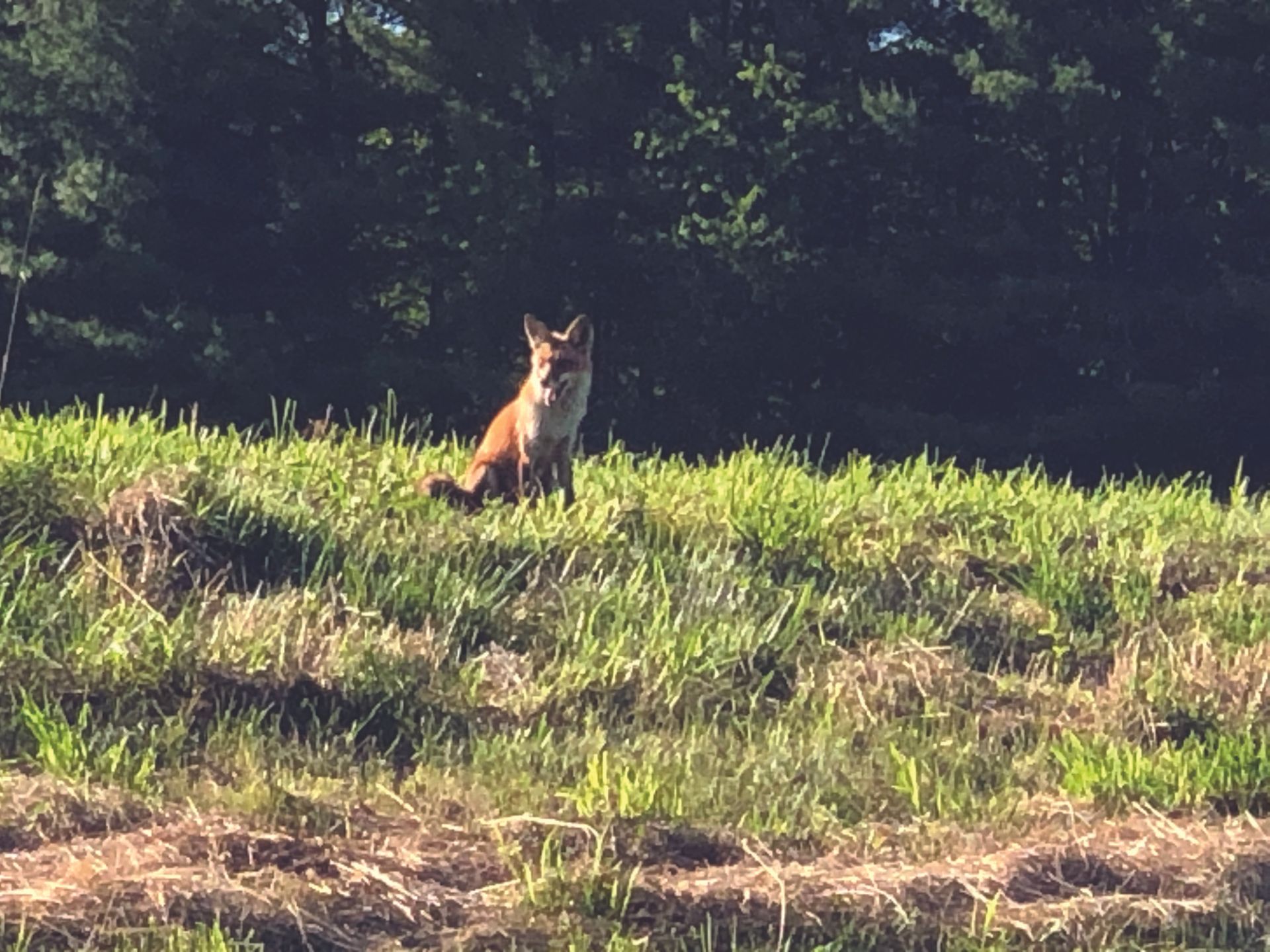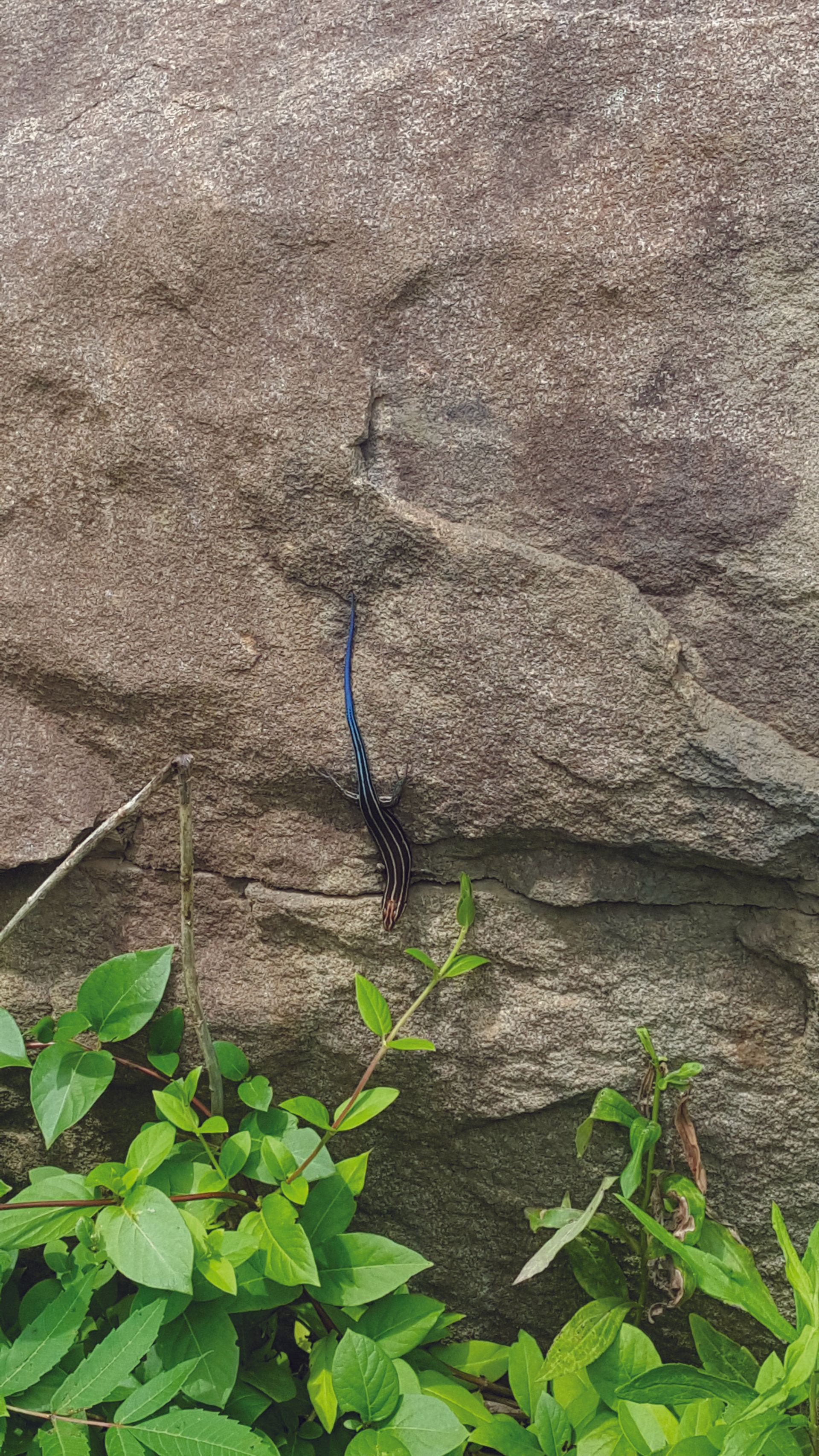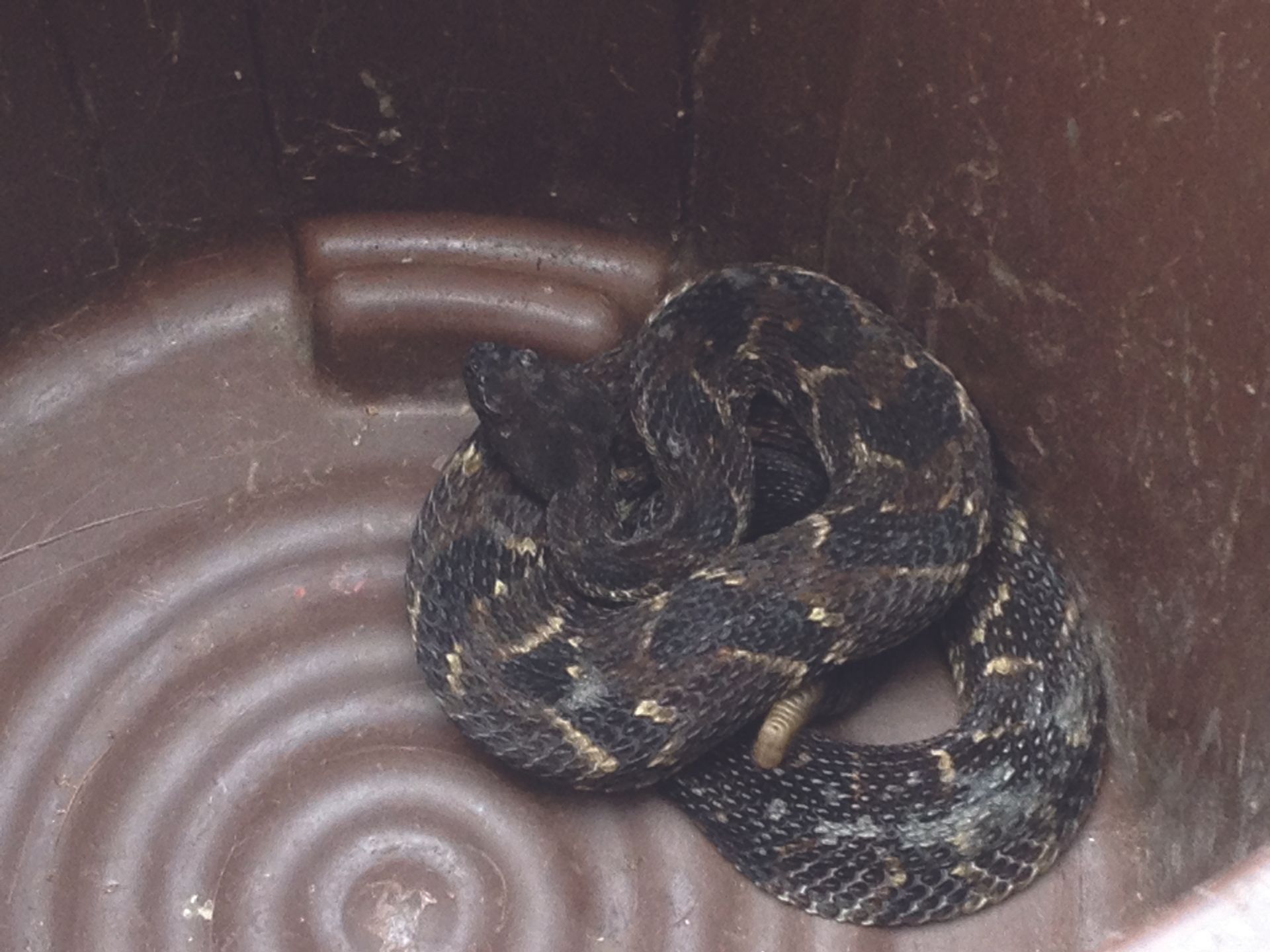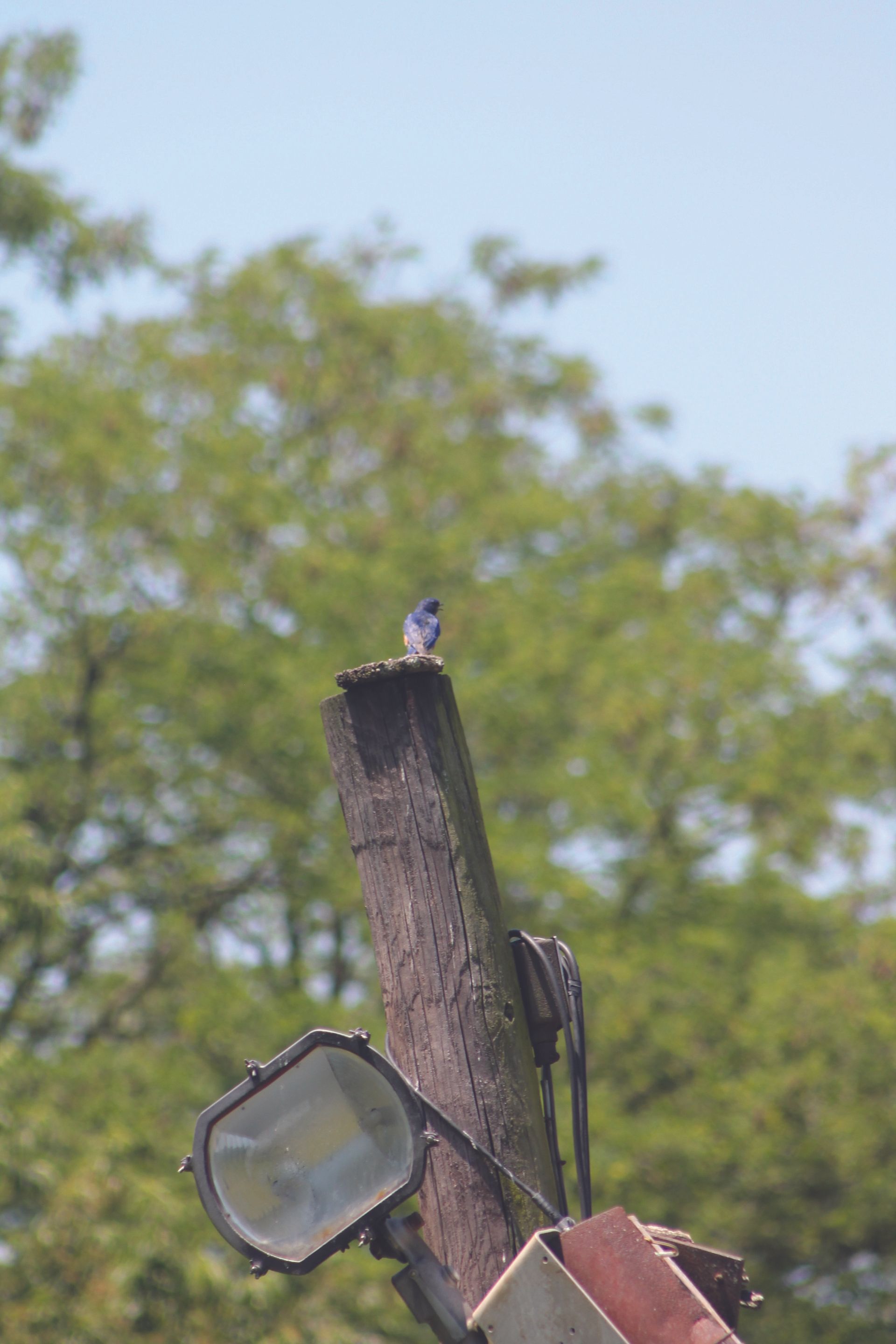The National Park Service records show that in and around the battlefield there are thirty-four species of mammals, seventeen species of reptiles, and over one hundred eighty species of birds.2
With the passage of the Sickles Bill in Congress in 1895, Gettysburg became a national military park – the second after the Chickamauga/Chattanooga battlefields spilling over the Tennessee/Georgia border. As these government lands were preserved over the years, the woodland forests, fields and rocky spurs remained much as they were in 1863 – and wildlife continues to flourish.
The most common animals roaming the battlefield are the multitudinous white-tail deer. Several herds frequent the area where Seminary and Warfield Ridges meet, near the Longstreet Equestrian and the state monuments of Louisiana and Mississippi. One evening my husband and I saw seven bucks crowded together shortly before sunset. Other mammals include squirrels (gray and red), chipmunks, cottontail rabbits, raccoons, opossum, red foxes, groundhogs (or woodchucks), and weasels. While bears do not usually frequent the area, they live in the nearby foothills. One evening in the recent past, a young bear was spotted on Hunt Avenue, searching for food in the dark. He ran into the road so suddenly, my husband almost hit him with his car, but fortunately swerved in time.
Blue Tailed Skink (pg 22)
In subcategorizing the seventeen species of reptiles found within the park, there are nine species of snakes – two of them venomous – six types of turtles and two species of lizards – the last of which is a true rarity in Pennsylvania. People who frequent the park, especially when it begins to grow warm in the spring, will see their share of snakes. Garter snakes, ribbon snakes, northern water snakes, and black rat snakes are the most common. The most common poisonous viper at Gettysburg is the copperhead. They are not aggressive, but their bite is still dangerous – in spite of what some may say. While not as venomous as the timber rattlesnake, their bite still requires a visit to the emergency room. They emit an odor that resembles cucumber – so if you think you are in a cucumber field, be sure to watch vigilantly for the coppery snake with the triangular head.
Timber rattlesnakes are highly poisonous, and are rarely seen these days at the battlefield – though they are numerous in the foothills and along the nearby Appalachian Trail. They are an endangered species, so trapping them and killing them are against the law. Some resemble the western diamondback in their design, others are almost black in color, or even yellowish. The telltale rattle will remove any doubt. Like the copperheads, rattlesnakes hide among the stone fences and in tall grasses. To be safe, stick to the trails or the paths that are mowed for walking.
Turtles are common throughout Adams County, and visitors to the battlefield will see them on occasion. Box turtles, painted turtles, and snapping turtles will usually be found where water is nearby. Sometimes they will be seen on the road or in a field, plodding to their destinations.
The endangered Timber Rattlesnake
There can be found a multitude of birds in and around Gettysburg, from bald eagles and other birds of prey (including the ubiquitous red-tail hawks and kites) to tiny sparrows. The bald eagles are spotted annually during their nesting period behind the Eisenhower National Historic Site, and can sometimes be seen in the skies all over the Gettysburg area. Varieties of woodpeckers and owls are seen in the wooded areas from Seminary Ridge to Culp’s Hill, including the rare pileated woodpeckers and the great horned owl. Bluebirds and red-wing blackbirds are common in the fields. Wild turkeys and the turkey buzzards are often sighted all year long. Even accidental sightings of birds whose range are not in Pennsylvania are occasional. One summer afternoon, at the Gettysburg post office, I saw a flash of red and assumed it was a cardinal – a beautiful and often sighted winged denizen of Gettysburg. To my shock, the bird had a red body, but a dark blue head, a green
back, and yellow eyes. With it emblazoned in my memory, I looked it up in my bird book. It was a painted bunting – whose habitat was Texas and northern Mexico. Yet, there it was, alighted on a bush outside the post office on Buford Avenue.
Gettysburg National Military Park is a great place during all seasons, for students of history as well as those who enjoy nature and wildlife. Whether we walk or ride, climb or hike, we will occasionally cross paths with creatures who consider the battlefield home.
The Eastern Bluebird, a common field inhabitant
Sources: Gettysburg National Military Park Wildlife Information (hereafter GNMP), www.nps.gov/gett . Rodgers, Sarah Sites. The Ties of the Past: The Gettysburg Diaries of Salome Myers Stewart, 1854-1922 . Gettysburg, PA: Thomas Publications, 1996.
End Notes:
1. GNMP, nps.gov/gett.
2. Ibid.
3. Rodgers, p. 270.







